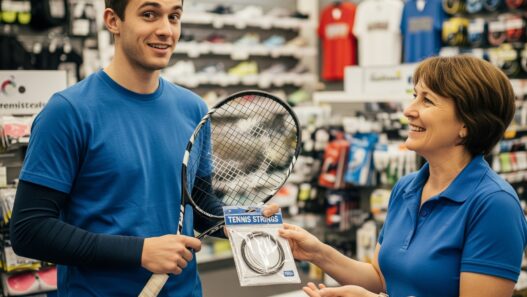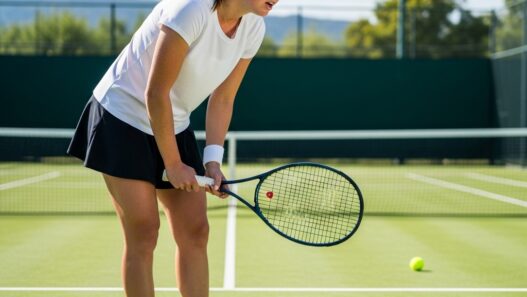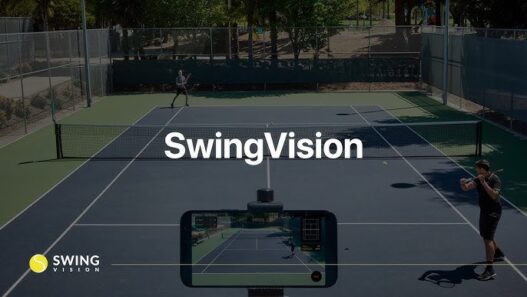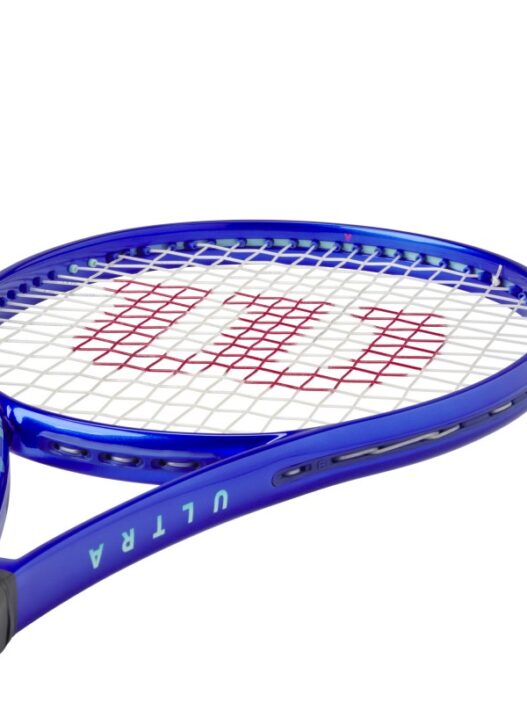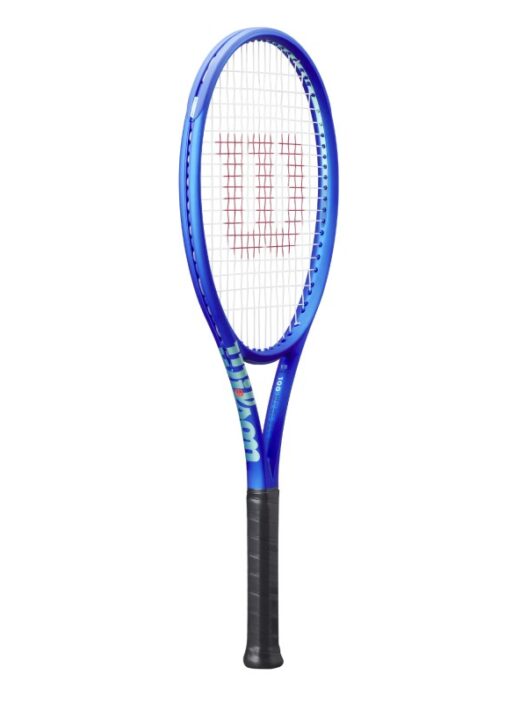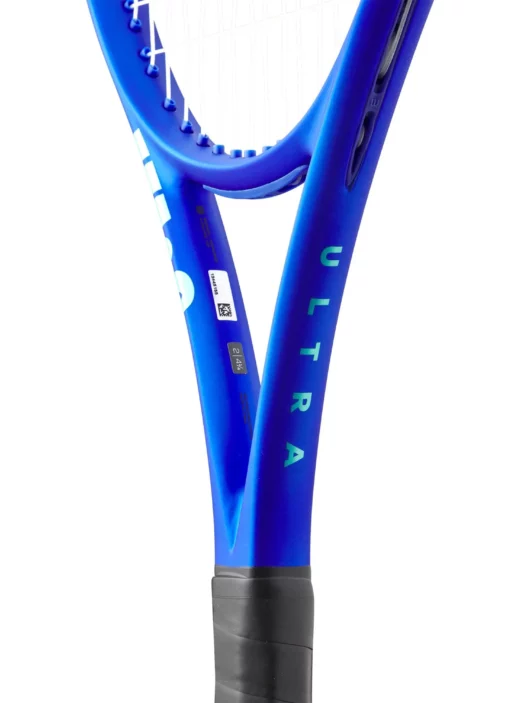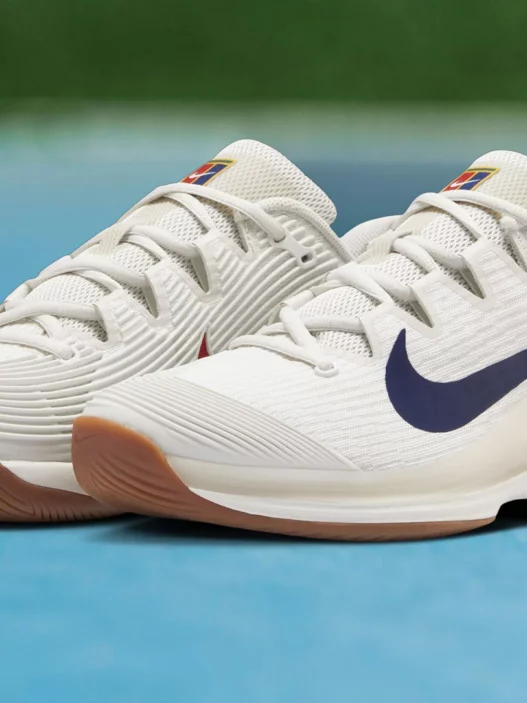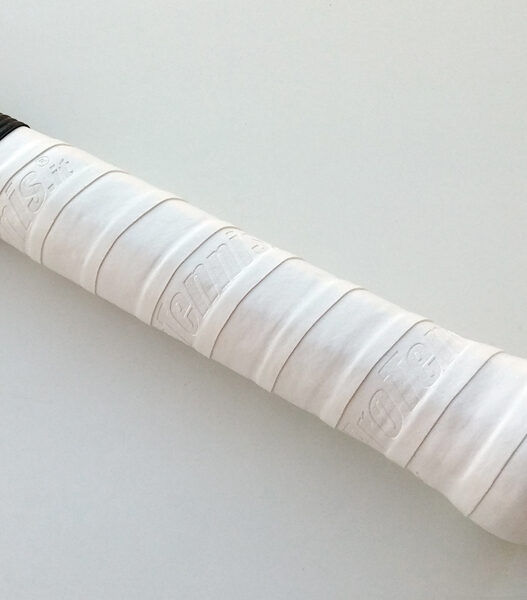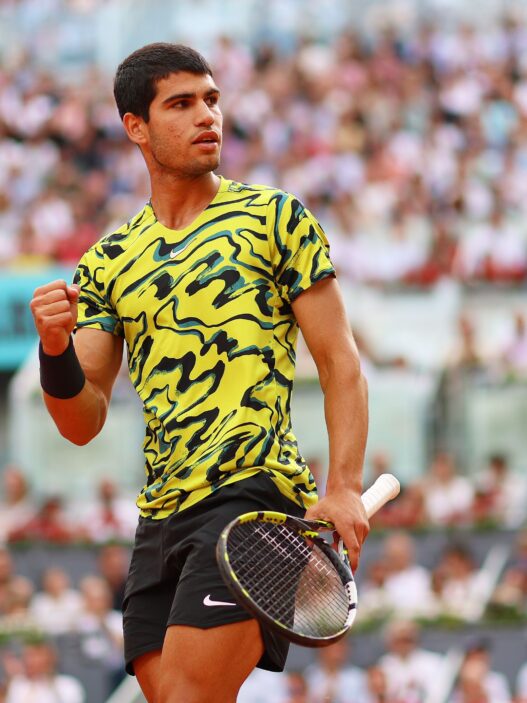On a humid July evening at the tennis club, under those lights that always manage to make the clay courts glow orange in the twilight, I watched as my friend Martin missed his fourth backhand in a row. It wasn’t like him, but lately he’d been distracted—not by something in his head, but by something on his wrist. Between points, he’d glance at his smartwatch, which displayed a visual breakdown of the shot he’d just executed. “Says I’m late again,” Martin muttered, scrolling through real-time feedback that tracked his foot placement and swing trajectory. This wasn’t a human coach whispering quiet corrections from the sideline, but something else entirely—an AI-powered app called SwingVision, downloaded onto his Apple Watch, offering personalized advice mid-match.
Until recently, tennis was notoriously slow to embrace technology, still romanticizing wooden rackets and vintage whites. But here we were, in our modest suburban club, suddenly deep in the age of artificial intelligence. SwingVision, backed by Andy Roddick and endorsed by Tennis Australia, records and analyzes each stroke via smartphone or smartwatch, providing instant video playback and advice as detailed as “reduce backswing length by ten percent” or “shift stance five centimeters to the right.” It was precise, immediate feedback that felt oddly intimate, tailored not just to the generalities of the game but to Martin’s own habits, quirks, and tendencies.
What makes SwingVision particularly compelling for players like us—club regulars who will never see the inside of a Wimbledon locker room—is how democratizing it feels. Tennis has always had an invisible wall between the club player and the professional, guarded by expensive private coaching sessions and elite training facilities. But with this wave of AI-driven coaching apps, personalized game improvement is suddenly accessible. Everyone with a smartphone or a wearable device now has access to what was previously reserved for top-tier athletes and touring pros.
SwingVision isn’t alone in reshaping our games. Last month, our club tested the CoachAI app, SevenSix, which combines video analysis with sophisticated algorithms to pinpoint areas needing improvement. At first glance, its diagnostics felt harsh—every weakness was laid bare on screen. But then came the tailored recommendations: precise drills aimed directly at those weak points. SevenSix’s AI spotted a slight inconsistency in my serve toss height that I had never consciously noticed. After just two practice sessions guided by the app’s specific advice, my first-serve percentage ticked upward, visibly improving my confidence on court.
Even tennis gear has quietly evolved into AI-enabled tools. Sensors like the Zepp 2.0, discreetly clipped onto a racket handle, monitor stroke mechanics with astonishing precision—spin rates, racket speeds, and strike accuracy become tangible data points available immediately after each hit. My hitting partner Julia confessed she’d become slightly obsessed, dissecting her shot data with the enthusiasm of a detective chasing leads. “Now I know why I struggle on clay,” she told me one evening, “I never realized how my footwork timing shifted on slower surfaces until I saw it clearly mapped out.”
It’s not only stroke mechanics these technologies track. Wearable devices now monitor heart rate, breathing patterns, and even muscular fatigue. When I first wore a Garmin smartwatch during my weekly singles match, I was struck by the uncanny way it signaled when my intensity was dropping—right around the forty-minute mark, every match. The AI-driven analytics suggested strategic breaks, hydration reminders, and breathing exercises that helped sustain my performance and focus. My matches became not just longer, but more evenly played, simply because the device knew my body better than I did.
There are skeptics, of course, who worry these technologies strip tennis of its human charm and spontaneity. They argue the sport is fundamentally about instinct, intuition, and subtlety—not numbers on a screen. Yet, watching Martin adapt and grow under the careful guidance of SwingVision’s algorithms, I saw no loss of instinct—just an enhancement. AI didn’t diminish his intuition; it gave him clearer ways to channel it.
This quiet technological revolution is changing tennis from the grassroots up. At our club, what once seemed like futuristic experiments have quickly become indispensable tools. Players who formerly relied on guesswork and occasional lessons now carry a digital coach in their pockets. AI coaching, delivered directly through wearables and smartphones, empowers every player—not only the young hotshots or those with professional aspirations, but people like Martin, Julia, and myself, who love the game deeply but never expected such personalized insights.
So, next time you see a club player pausing between points, eyes fixed curiously on their wrist rather than the horizon, consider this: they’re likely receiving detailed, personalized instructions tailored exactly to their game. This isn’t tennis as we used to know it, and maybe that’s exactly why it feels so right.








